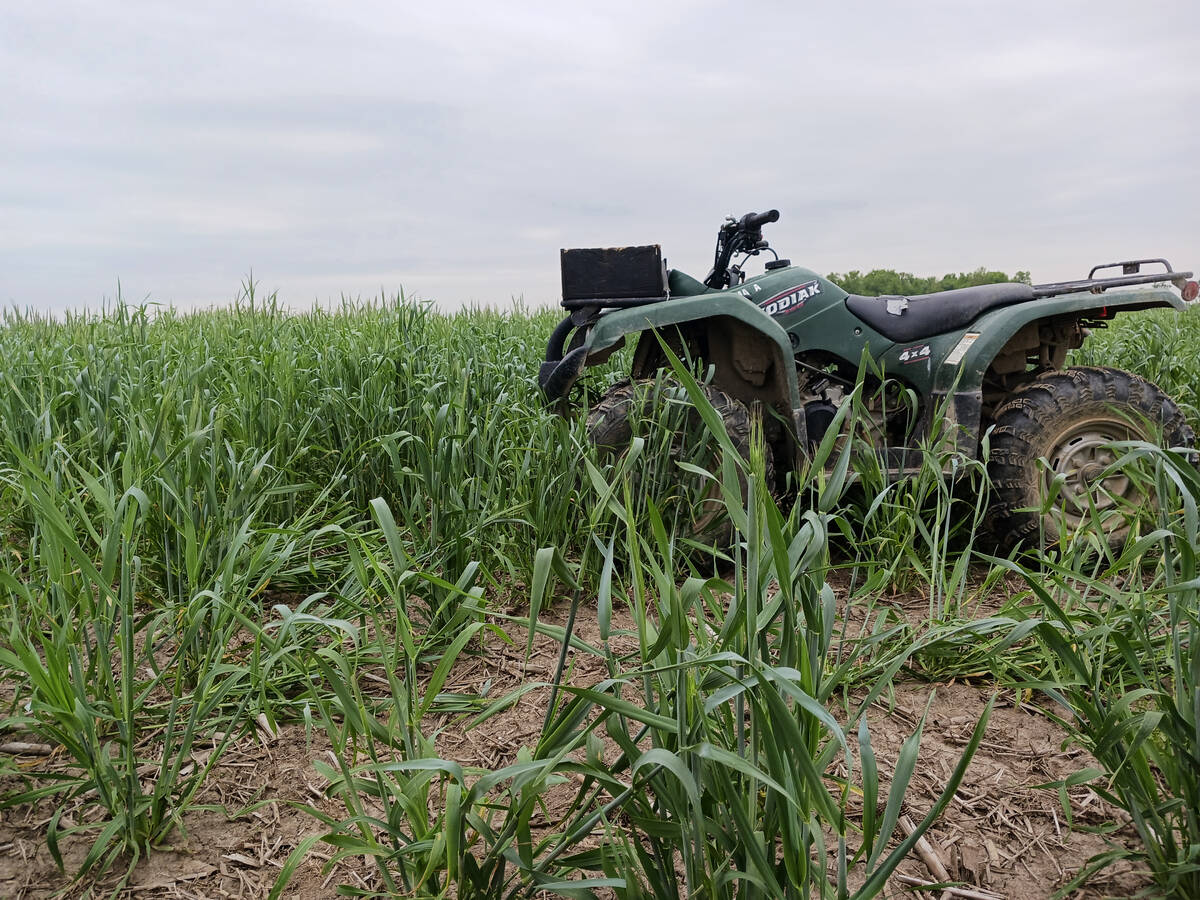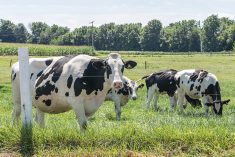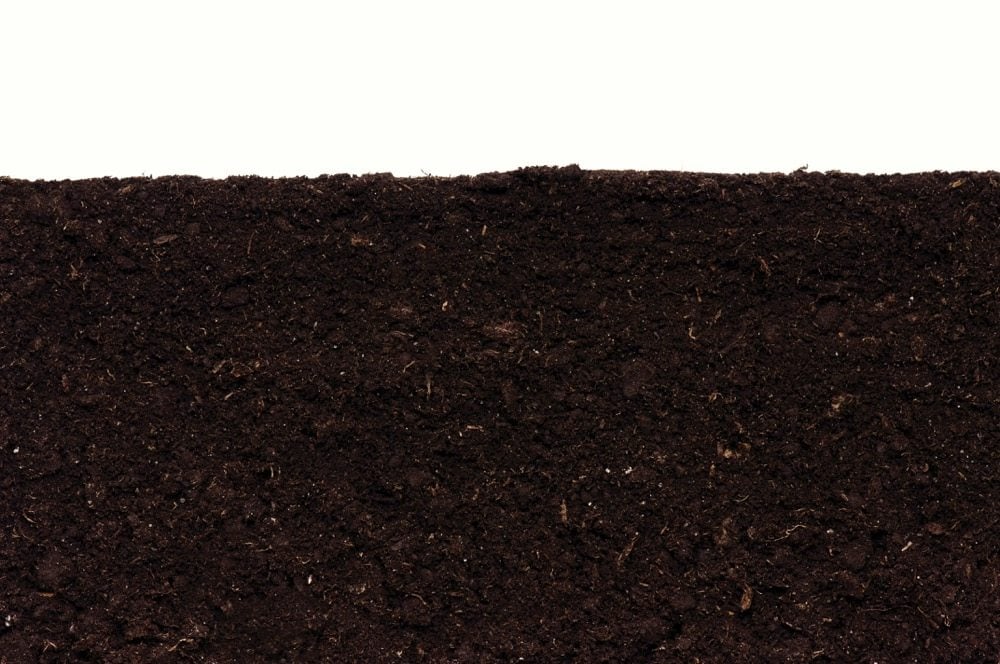Soil is the most biodiverse habitat on the planet.
According to recent research, it’s home to 59 per cent of all life on Earth, from an insect feeding on the soil surface to a tiny microbe nestled in a soil pore. The same paper estimates that around two million species of arthropod (think insects and spiders) inhabit the soil – some 30 per cent of all known arthropod species.
There are far fewer species of soil specialists such as enchytraeidae (resembling mini earthworms) and oligochaeta (worms), with only 770 and 6,000 species respectively.
Read Also

The fickleness of nitrogen
Nitrogen is one of the most challenging nutrients to manage in corn production, in part because of how it responds to environmental conditions.
That might not seem like a lot, but it still represents around 98 per cent and 63 per cent of these animal groups.
A total 85 per cent of plants have their roots buried in the soil, around 43 per cent of nematodes (tiny worms) call soil their home or reside within the plants and animals that inhabit it and about 3.8 per cent of mammals – relatively limited compared to non-soil mammals, admittedly – are associated with this habitat.
However, the number of animal and plant species that live in soil are dwarfed by the microscopic organisms. The study estimates that a mind-blowing 430 million species (or more than 50 per cent) of bacteria and 5.6 million species (or 90 per cent) of fungi have made soil their home.
But perhaps more important than the raw numbers are the functions that this biodiversity performs. The life within the soil not only helps to produce the food we eat, it also plays a crucial role in holding the soil together and even gives us potential sources for new antibiotics and medicines.
Small animals, including earthworms and springtails, break down plant material and other forms of organic matter, such as dead insects, and incorporate them into the soil. This process releases the nutrients that most plants rely on to grow, but it’s not the only way that soil organisms help plants gain more nutrition.
Mycorrhizal fungi, as many farmers will know, embed themselves in the roots of plants where they extract energy-rich compounds. In return, the fungi help plants expand their reach in the soil, allowing them to access a greater amount of nutrients.
Then there are the nitrogen-fixing bacteria, which perform an undertaking otherwise only synthetically possible by using vast amounts of energy.
As organisms penetrate the soil, whether by burrowing, creating nests or as a means of anchoring themselves, they engineer pathways and contribute to its structure. Notable examples include termites rearranging the soil to create channels for air and water to filter through, as well as roots and root hairs enmeshing soil.
The incorporation of decomposed plant material similarly helps hold the soil together, creates pores that protect the soil from erosion, increases its capacity to store water and stores carbon. In fact, soils hold three times as much carbon as vegetation and twice as much as the atmosphere.
In many cases, these functions involve a variety of species.
Having multiple species perform the same function offers a safety net if conditions change, such as during a drought or a flood. Some species are more resilient to these events than others. When conditions change, unaffected organisms within the soil profile can step in to fulfil the same functions as those that might have suffered – a process ecologists call “functional redundancy.”
This improves the ability of an ecosystem, including ecosystems found in soil, to withstand and recover from environmental shocks.
Soil biodiversity is also a key reservoir for new drugs. Soil bacteria have produced most of our antibiotics, including streptomycin, chloramphenicol and tetracycline.
Unfortunately, the rise of antibiotic resistance has rendered many early antibiotics ineffective. However, searching through different soils is yielding promising new antibiotics with the potential to kill “superbugs” that are resistant to existing drugs.
Soil biodiversity plays an important role in producing the food we eat, sustaining soil health and helping to deliver a range of other services, from sourcing medicines to reducing the impact of floods and droughts. The importance of protecting our soils for future generations becomes ever clearer.
John Quinton is a professor of soil science at Lancaster University. A version of this article originally appeared in The Conversation.















